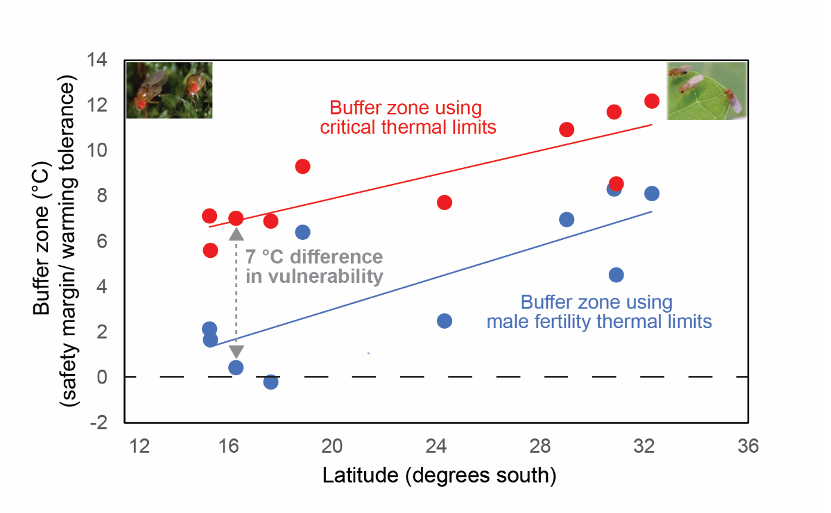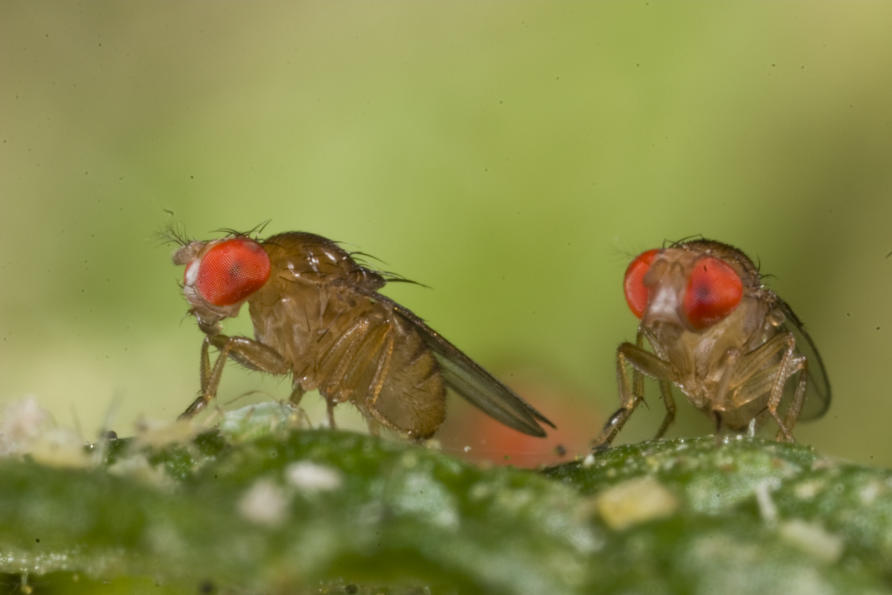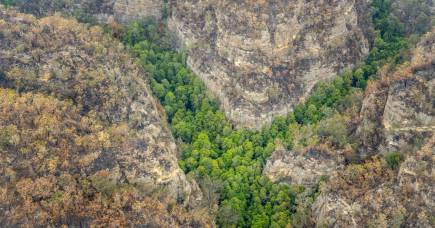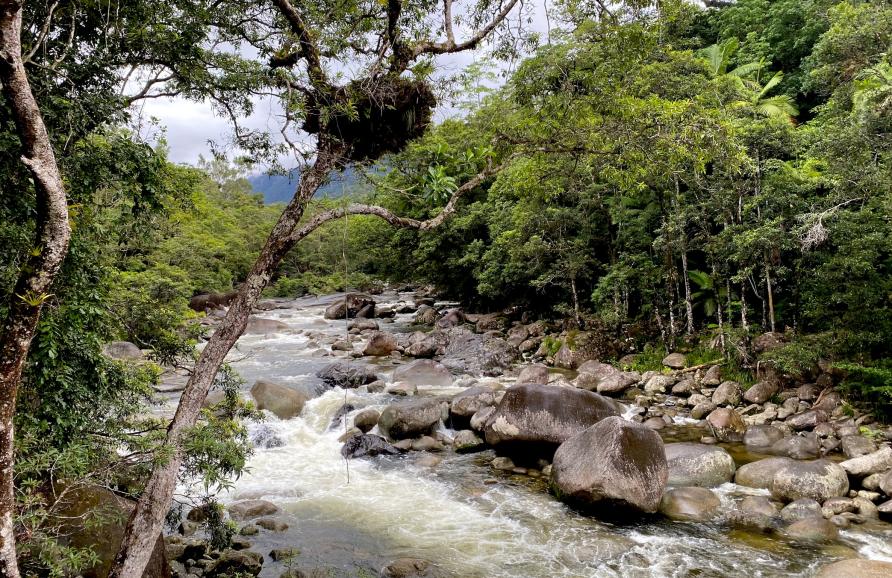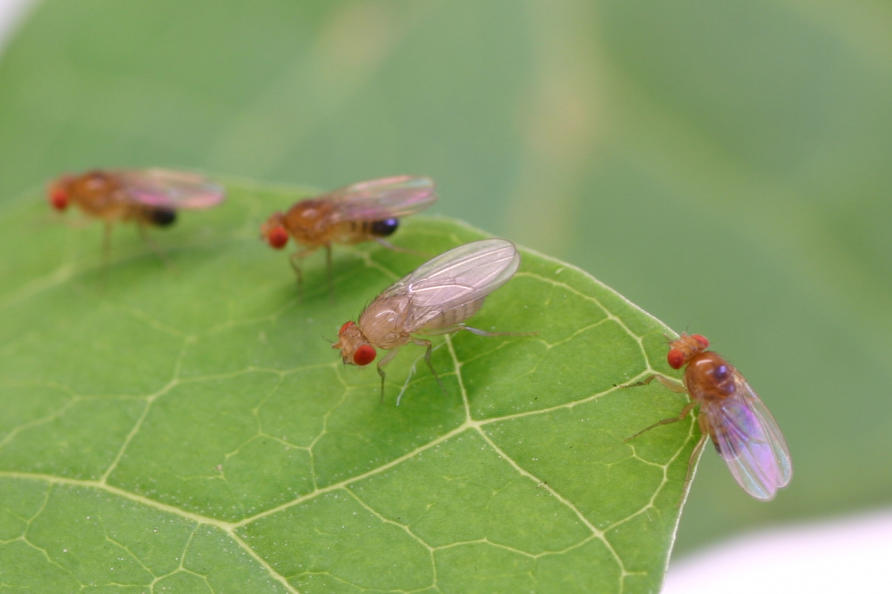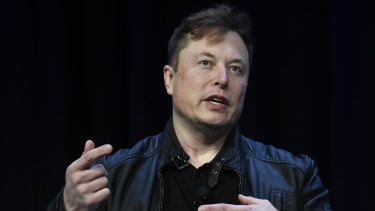By Lina VANEGAS on April 29 2021
Tens of thousands of people marched in Colombia Wednesday against a proposed tax reform they say will leave them poorer as the country battles its deadliest phase yet of the coronavirus pandemic.
President Ivan Duque's government wants to tax the incomes of those earning more than $656 a month, lowering the threshold to broaden the tax base.
It also wants to impose a tax on basic services in upper-middle class areas and on funerals.
The measures are meant to raise some $6.3 billion in ten years for the country which saw GDP drop 6.8 percent in 2020 -- its worst performance in half a century.

Protesters took to the streets of several cities to denounce the reforms which they see as an unwarranted attack on the middle class in a time of dire economic straits.
"We do not accept the tax reform. We are thinking of our children, of ourselves... Either we die of the virus or we die of hunger," said protester Victor Cordoba, 33.
Some 47,500 police and security personnel were deployed countrywide.

Colombia, where almost one in five people are unemployed and the minimum wage is the equivalent of $248 per month, is battling a deadly new wave of Covid-19.
Its planned reform "will make millions more Colombians go hungry," said Francisco Maltese, president of the CUT workers' union.
In Bogota, thousands marched on the central square, which houses the presidency and congress, to the rhythm of drums.

Caravans of taxis, trucks and motorbikes slowed traffic on the capital's main roads, and there were reports of confrontations with police.
"We are tired of abuse the population must endure ... we are tired of our president not doing anything about it. We are more afraid of our government than of the virus," protester Added Felipe Zapata, 24, told AFP in Bogota.
In the southeastern city of Cali, indigenous protesters pulled down a statue of Spanish conquistador Sebastian de Belalcazar.
Cali mayor Jorge Ivan Ospina said one person died in an incident "related to the demonstration," and advanced to 1:00 pm the 6:00 pm curfew in place for epidemic control.
Thousands more people marched in Medellin, Barranquilla and other cities.
There had been calls for the demonstrations to be canceled given the pandemic risk, and a court on Tuesday ordered that the gatherings be postponed -- a ruling that went unheeded.
Colombia's rights ombudsman also decried the decision to hold mass protests "in this period of such high risk to health and life."
With 2.8 million Covid-19 cases, the country of 50 million inhabitants has the third-highest coronavirus infections in Latin America, behind Brazil and Argentina. It has registered some 72,200 deaths.
While Duque has sought to portray the tax reform as a tool to mitigate the economic crisis unleashed by the pandemic, the initiative faces many obstacles in a legislature where the ruling party has no outright majority.









